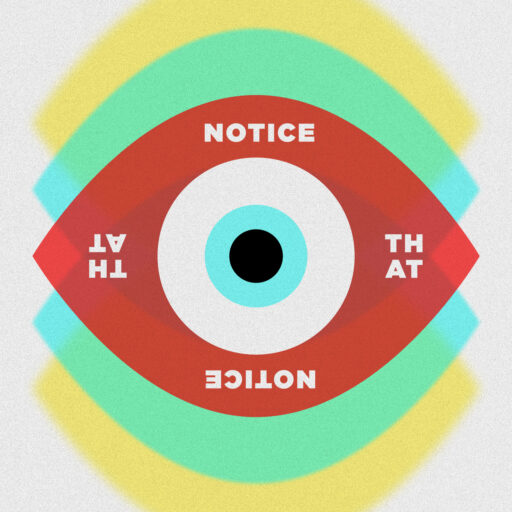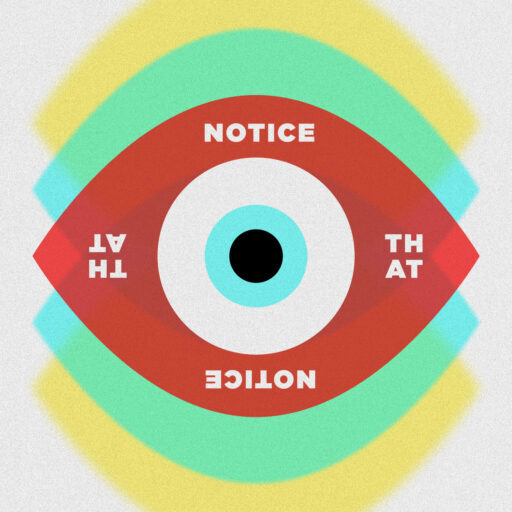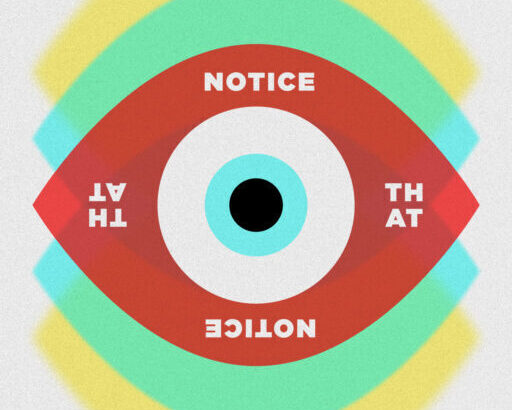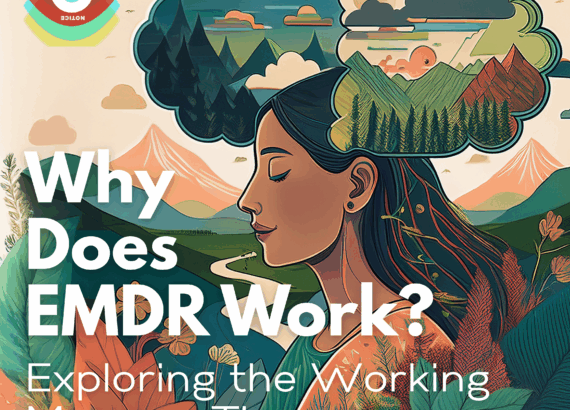Episode 60: EMDR and Disordered Eating with Dr. Kucharski

Listen in to hear Melissa and special guest, Lori Kucharski, discuss the applications of EMDR with clients presenting with disordered eating.
Eating Disorder, Disordered Eating, Dysmorphia
- Eating disorders
- Primarily cases which fit DSM 5 criteria
- Typically including noticeable behaviors and higher level of care needed
- People tend to think of extreme cases on TV series, movies, and in books
- Disordered eating
- Relationship with food or their body isn’t where they want it to be
- For example, people who are chronically dieting
- Always wanting your body to be different
- Dysmorphia
- Consistent feelings of “something is wrong.”
- The continuum ranges from not liking a specific body part all the way to as complex as investing a lot of time and energy into elective cosmetic procedures.
- Importantly, body dysmorphia is not gender dysphoria
- Diagnostic criteria feels irrelevant in the lived experience of things this complex
- Keep in mind, however, we are bound by ethical and legal obligations to assess and determine the needs of the client to ensure safety.
- Stay human centered by embodying the fact that disordered eating is a creative way to deal with overwhelming life experiences
Shame and Microaggressions
- Remember, there are likely many layers of trauma.
- Specifically, when we aren’t deemed socially acceptable we’re constantly receiving messaging that we’re not okay the way we are.
- Therefore, it’s important to examine your personal power and privilege to avoid perpetuating client’s shame through microaggressions
EMDR and Disordered Eating
- Remember, if you’ve already been working with complex trauma, all the skills and tools that work over there are going to work here
- First, determine the level of care needed.
- Check out NEDA’s guidelines and obtain consultation when necessary
- Second, continue with history taking while being mindful about their and their family’s relationship to food and the messaging received around food
- Similar to complex trauma cases, preparation and resourcing is a crucial phase when working with these clients
- Target selection and sequencing
- Go towards the traumatic memory to get to the root underneath
- Desensitizing work around the current symptoms may be necessary
- Don’t forget to be curious about positive memories in addition to negative ones
Contact us today for more information on consultations!
Resources mentioned
Learn more about Lori Kucharski here!
Websites:
EMDRIA
International Society for the Study of Trauma and Dissociation (ISSTD)
National Eating Disorders Association (NEDA)
Books:
Trauma Informed Approaches to Eating Disorders by Andrew Siebert and Pam Bertie
EMDR therapy scripted protocols By Marilyn Luber
EMDR Solutions and Solutions Two by Robin Shapiro





